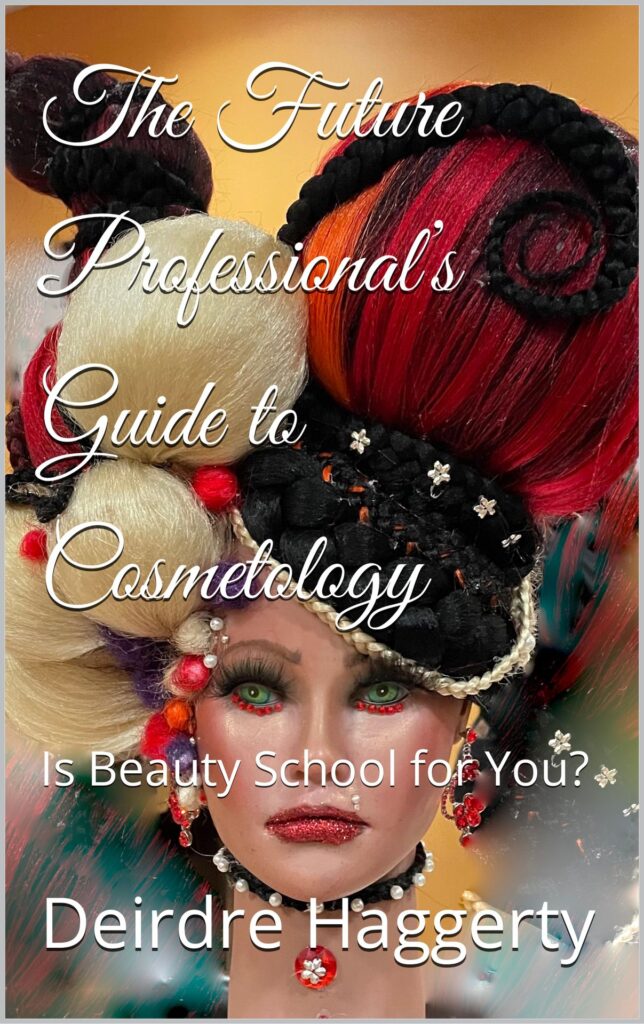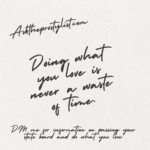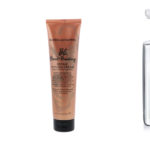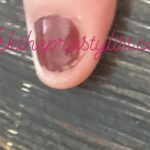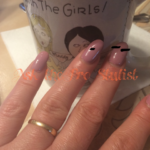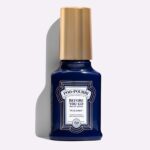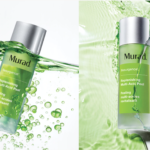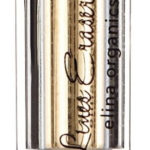BIOSILK Silk Therapy Lite Hair Care Review: Must for the Beauty Counter
BIOSILK Silk Therapy is back. Ok, so it never left, but fans of BIOSILK Silk Therapy Original might have noticed a change in the leave-in conditioning treatment as of late. Farouk Systems reformulated a clearer version of this favorite hair care with BIOSILK Silk Therapy Lite, and after using it for two weeks; it is absolutely a must for the beauty counter.
TGIF beauties and welcome to Ask the Pro Stylist’s favorite beauty product of the week. I received a sample of BIOSILK Silk Therapy Lite at IBS New York. I couldn’t wait to try it, as team member said it is a better version of the original in clearer form. It is one of those versatile beauty products that could be used to add shine to the hair, tame split ends, condition the cuticles and nails and even remove makeup.
During my brief stint in a professional beauty supply, Original BIOSILK Silk Therapy couldn’t stay on the shelves. I truly foresee the same future for the Lite version. I used it recently to create a slicked back style of my blowout that was a few days old. It didn’t weigh the hair down or look greasy, but it did give it a chic, sexy look.
BIOSILK Silk Therapy Litet is too new for the Farouk website, however it is available at Loxa Beauty and Ulta. Product endorsements states, “Silk Therapy Lite is a lighter version of our original weightless, leave-in silk replenishing and reconstructing treatment to repair, smooth and protect all hair types. It is ideal for all hair types, especially fine/thin.”
This leave-in replenishing and reconstructing treatment is truly my favorite beauty product of the week and beyond. Visit me next week for another review similar to this Friday’s BIOSILK Silk Therapy Lite hair care evaluation. If you have a product you’d like me to review, please email me at DeirdreAHaggerty@gmail.com Until then, happy styling!
©Deirdre Haggerty, ALL RIGHTS RESERVED. No part of this article may be reproduced without prior written permission and consent from the author

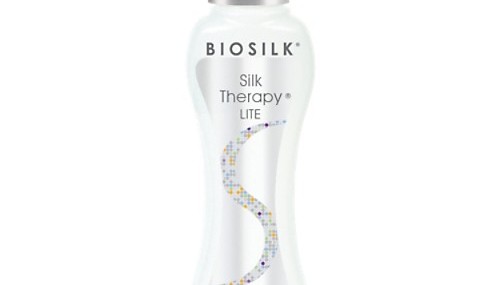
 Cosmetology tutor, career coach, writer, author, NY & NJ State licensed cosmetologist, store and salon manager, beauty educator and executive school director, Deirdre Haggerty has been actively involved in the hair and beauty industry in New York & New Jersey for 40 years.
Now - get online help to pass your licensing exams in any of the states throughout the country or beauty career advice. Send Deirdre an email for more information regarding an online tutoring or career coaching session for the written and practical exams at asktheprostylist@gmail.com. (732) 800-6416
Cosmetology tutor, career coach, writer, author, NY & NJ State licensed cosmetologist, store and salon manager, beauty educator and executive school director, Deirdre Haggerty has been actively involved in the hair and beauty industry in New York & New Jersey for 40 years.
Now - get online help to pass your licensing exams in any of the states throughout the country or beauty career advice. Send Deirdre an email for more information regarding an online tutoring or career coaching session for the written and practical exams at asktheprostylist@gmail.com. (732) 800-6416